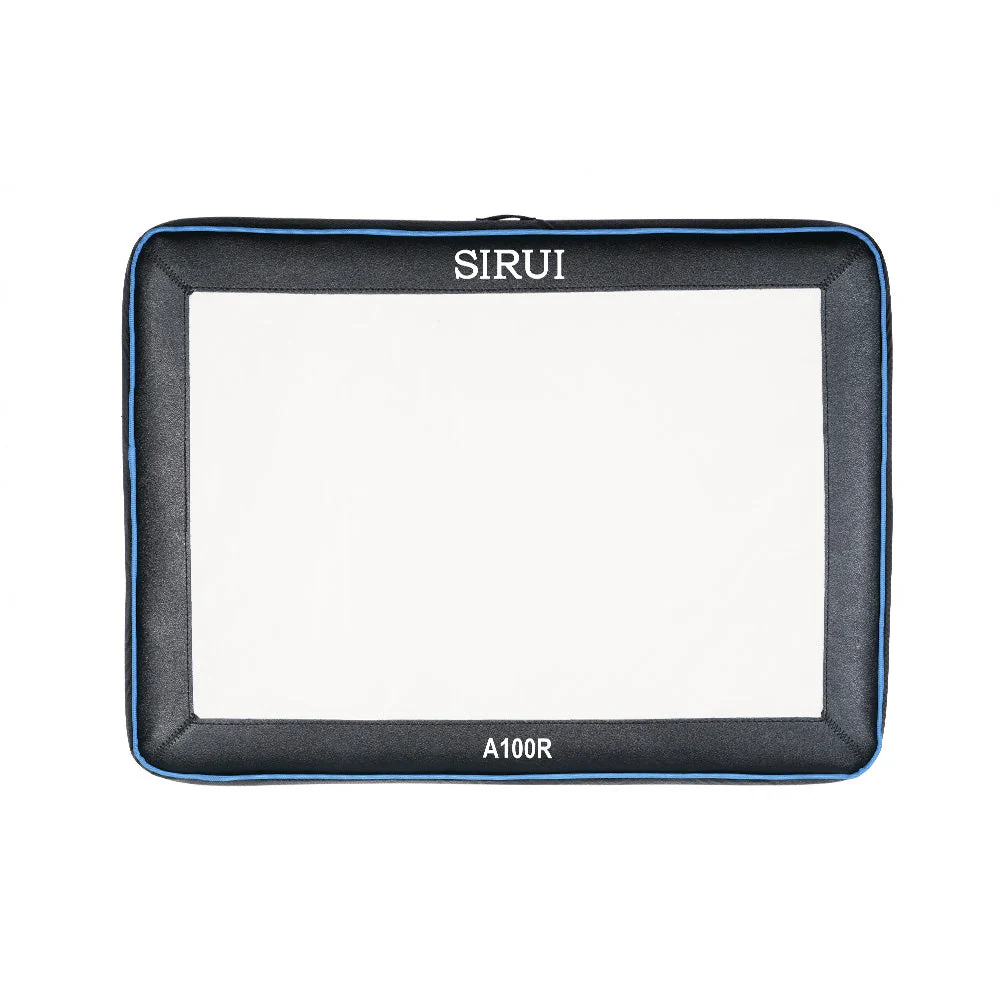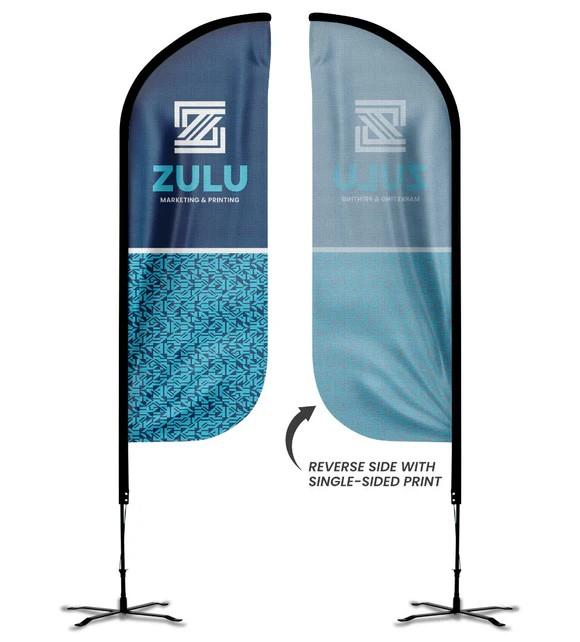Top Features to Look for in a Board Management Solution

Why the Right Platform Matters
Boards carry a heavy load. They guide strategy. They manage risk. They protect reputation. Yet the work is complex and time-pressed. Tools can help or hinder. The right platform reduces friction. It brings clarity to the table.
Decision quality improves when information flows. Directors need fast access to context. They need secure collaboration. They also need reliable records. A focused tool turns scattered tasks into a repeatable process. It helps the board spend time on judgment, not admin.
The Impact on Governance
Good governance thrives on discipline and speed. A streamlined workflow preserves both. Directors walk into meetings prepared. Follow-ups no longer drift. The board speaks with one voice. Stakeholders feel the difference.
Where to Start
Before comparing vendors, align on goals. Are you solving version chaos? Reducing prep time? Tracking actions better? Write those outcomes down. Then use them to evaluate each feature honestly.
What Defines a Modern Board Management Solution
A Board Management Solution is not just a portal. It is a secure workspace for board life. Agendas, packs, notes, votes, tasks, evaluations—everything sits in one place. That single source of truth reduces confusion. It builds trust.
The best systems fit the board’s rhythm. They support quick reviews on mobile. They make annotation effortless. They create clean audit trails without extra work. In short, they disappear into the background so governance can shine.
Core Principles
Look for simplicity first. Directors are busy. Interfaces must be clear. Next, demand security by design. Sensitive topics require strong controls. Finally, insist on measurable results. Time saved. Errors reduced. Actions completed.
Language That Works for Directors
Tools should speak plainly. Buttons should say what they do. Workflows should mirror real meetings. When the platform feels natural, adoption follows.
Secure Document Management and Version Control
Documents are the heartbeat of board work. They carry strategy, risk, and financial details. Therefore, security and accuracy come first. Your platform must protect access at every step while keeping the latest version front and center.
Version confusion is costly. It wastes time and can expose the organization to risk. A strong system ends the “final_v6_really_final.pdf” game. It shows who changed what and when. It keeps old drafts available but out of the way.
Fine-Grained Permissions
Not everyone needs everything. Choose a platform with role-based access. Directors see what matters to them. Committee members get their packs. Guests view restricted sections. This principle of least privilege preserves confidentiality.
Watermarking, Encryption, and Revoke
Sensitive files should carry watermarks automatically. Data should be encrypted in transit and at rest. If a device goes missing, admins should revoke access in seconds. These controls protect the board when the unexpected happens.
Agenda Building, Board Packs, and Meeting Flow
A great meeting starts days before the gavel. Strong agendas set the tone. Clear materials shape the conversation. The platform should make that prep simple and consistent every time.
Templates help secretaries align content with strategy and risk. They also save time. Drag-and-drop agendas reduce chaos. So do integrated pre-reads. Directors can skim, highlight, and annotate wherever they are. The chair arrives with focused talking points. The board arrives with sharper questions.
Smart Agenda Templates
Your agenda should reflect your governance rhythm. Strategy first. Then risk and compliance. Committees next. Action review at the end. Build templates that encode this logic. Reuse them. Refine them.
Seamless Board Packs and Late Updates
Last-minute changes are a reality. Look for packs that auto-compile from the latest files. If a report updates, the pack updates. Directors receive a subtle alert, not a flood of emails. Everyone stays in sync.
Collaboration: Notes, Q&A, and Secure Messaging
Great boards debate well. They ask hard questions early. They probe assumptions. They convert disagreement into insight. Collaboration features should support that habit without creating noise.
Inline annotation is vital. Directors mark up a paragraph and tag a colleague. The question lives exactly where it belongs, not in a long email chain. Management can answer once. Everyone benefits. Meeting time moves from recap to resolution.
Private and Shared Notes
Directors need personal notes they can keep private. They also need the option to share select insights. The best platforms support both modes. They keep commentary organized by agenda item. Context never goes missing.
Threaded Q&A and Read Receipts
Threaded Q&A reduces duplicates. Read receipts show who has reviewed what. Chairs can spot where attention lags and nudge. Preparation becomes visible. Accountability rises without heavy policing.
Voting, Resolutions, and E-Signatures
Decisions define governance. The platform must make them clear and defensible. Voting should be simple. It should also be secure. Resolutions should tie back to the materials reviewed. E-signatures should hold up legally.
Timestamps matter. So do user identities. A complete trail shows diligence. If questions arise months later, the record tells the story. It shows who voted, who abstained, and why. That transparency protects the board.
Custom Voting Policies
Some decisions require a supermajority. Others need a simple majority. The system should encode those rules. It should prevent errors and highlight outcomes instantly.
Resolution Builder with Links
Resolutions should link to the exact exhibits and analyses discussed. This context reduces confusion later. It also helps with audits and regulatory inquiries.
Action Tracking and Post-Meeting Execution
Meetings end. Work begins. Yet follow-through often slips. Owners change roles. Deadlines drift. The board loses line of sight. A strong Board Management Solution closes that loop.
Action items should be capture-once, track-always. Each task needs an owner, a due date, and a link back to the decision. Reminders should be automatic. Status updates should roll into the next agenda. This continuity builds discipline.
Dashboards and Heatmaps
Visual dashboards highlight overdue tasks and bottlenecks. Chairs and committee heads can act early. They can reassign or reprioritize. The organization stays aligned.
Integration with Calendars and Work Tools
Tasks should sync to personal calendars. Email nudges should be tasteful, not noisy. If your teams use project tools, look for simple integrations. Reduce copy-paste. Reduce friction.
Risk, Audit Trails, and Compliance Readiness
Regulators care about process and proof. Investors care about risk oversight. Employees care about ethics. Your platform must support all three. It should capture the who, what, when, and why of board activity without extra effort.
An immutable audit log is essential. It records access, edits, votes, and downloads. It also speeds audits. Legal teams get the evidence they need in minutes, not days. That speed lowers cost and stress.
Policy Library and Attestations
Store charters, codes of conduct, and key policies in one place. Track attestations from directors and executives. Time-stamp them. When policies change, the system nudges people to re-attest.
Risk Dashboards and KRIs
Bring risk data to the boardroom. Dashboards show trending incidents and key risk indicators. Directors see the signal, not the noise. Decisions get sharper. Oversight grows proactive.
Mobile Experience and Offline Access
Directors travel. Connectivity fails. Work continues. A great platform embraces that reality. It delivers a clean mobile app with dependable offline access. Notes sync later. Security remains intact.
Small details matter here. Fonts must be readable. Taps must be forgiving. Search must be fast. If it takes five taps to reach a file, adoption drops. If sync feels instant when you reconnect, trust rises.
Thoughtful Mobile Annotations
Highlighting text on a phone should feel natural. So should adding a sticky note or a voice memo. The app should remember where you left off and jump back there next time.
Device Controls for Peace of Mind
Remote wipe, biometric login, and session timeout should be standard. Admins should see device health and revoke access with one click.
Director Onboarding, Training, and Evaluations
New directors bring fresh energy. But they need context fast. Put curated onboarding packs in the platform. Include past minutes, strategy decks, and committee summaries. A guided path shortens the learning curve.
Evaluations deserve more than a once-a-year survey. Use built-in tools to capture feedback, map skills, and plan development. Tie actions to real follow-ups. Over time, the board grows stronger by design.
Skills Matrix and Succession
Track director skills against strategic needs. Identify gaps early. Inform recruitment with data, not intuition. Link succession plans to committee structures.
Micro-Learning and Resource Hubs
Short videos, glossaries, and tooltips help directors master the system. They also reinforce governance practices. Learning blends into daily work.
Integration, Data Residency, and IT Fit
Boards do not operate in a vacuum. Neither should their tools. Your Board Management Solution should integrate with identity providers, storage systems, and email. Single sign-on reduces friction. Centralized provisioning reduces risk.
Data residency and backups also matter. Confirm where data lives and how it is protected. Ask about disaster recovery objectives. Your IT team will appreciate clarity. Your directors will appreciate reliability.
Open APIs and Future-Proofing
Needs evolve. Choose a platform with documented APIs. Ensure you can automate routine tasks or connect to new systems later. Avoid lock-in.
Performance and Uptime Transparency
Expect clear SLAs. Demand public status pages. Ask for historical uptime. Reliability is a feature, not a footnote.
Evaluating Vendors Without the Noise
Demos can dazzle. But everyday tasks tell the truth. Create a short scenario. Build an agenda. Upload a late report. Annotate on mobile. Call a vote. Assign follow-ups. Then measure time, clicks, and confusion.
Ask directors to score ease of use. Ask the secretary to score admin workload. Ask legal to review audit trails. If all three groups are happy, you likely found the right fit. If one struggles, keep looking.
Pilot with a Committee
Start small. Run a live cycle with the audit or risk committee. Gather feedback fast. Adjust templates. Train lightly. Adoption grows through experience, not manuals.
Total Cost and Real ROI
Price is more than licenses. Count support, onboarding, and change management. Then count the wins. Faster prep. Fewer errors. Stronger records. Better follow-through. The return shows up across the year.
Bringing It All Together
The best Board Management Solution blends security, simplicity, and proof. It protects sensitive information. It streamlines meetings. It captures decisions and actions with clarity. It strengthens oversight without slowing people down.
As expectations rise, boards need tools that keep pace. Choose features that match how your board actually works. Pilot quickly. Iterate openly. When the platform fades into the background, governance comes to the foreground. And that is where value grows.







